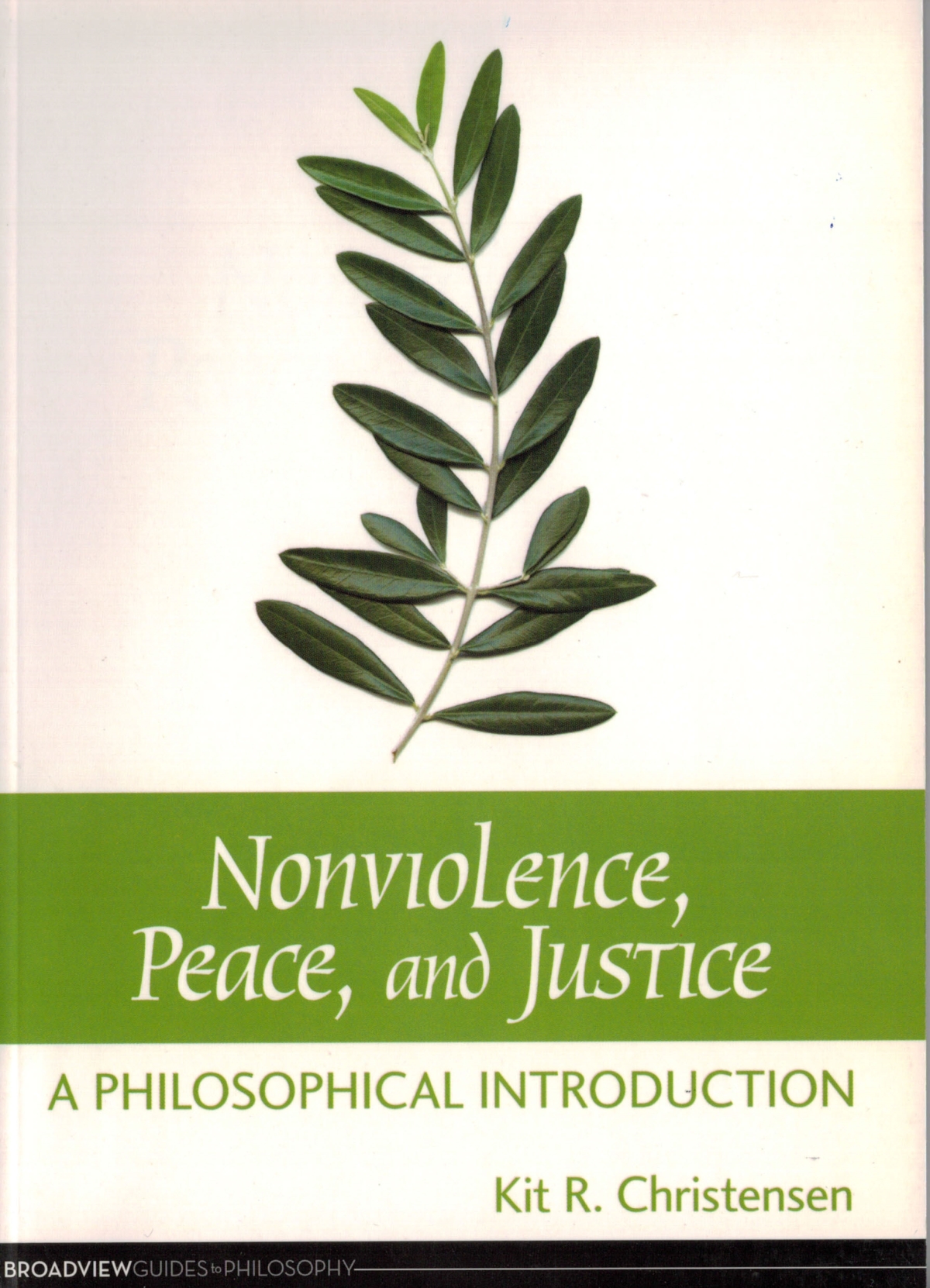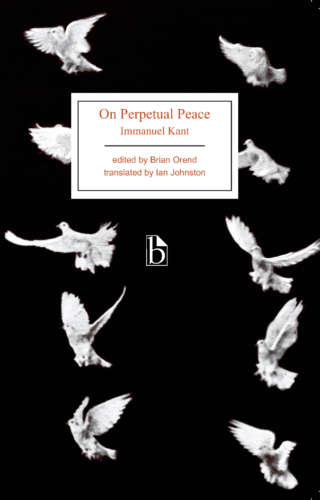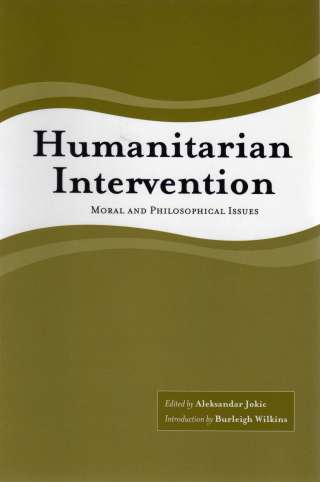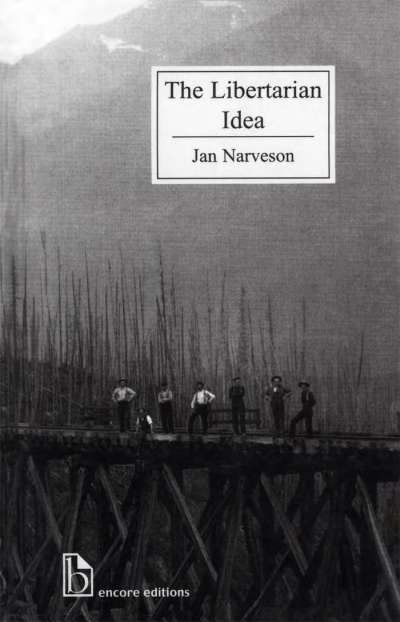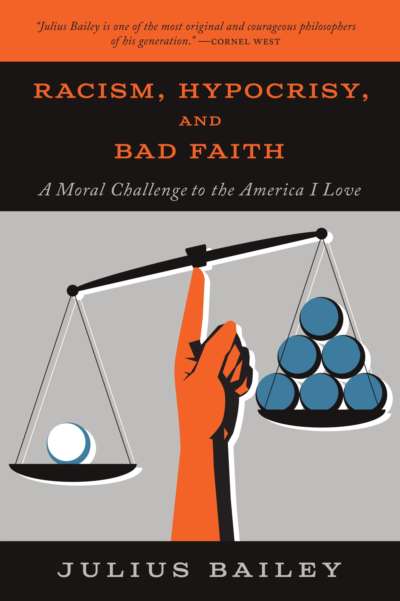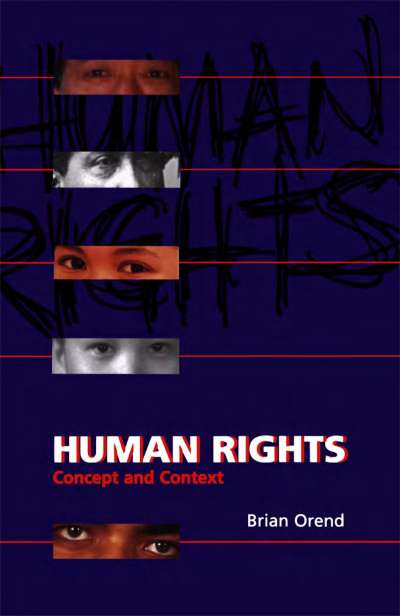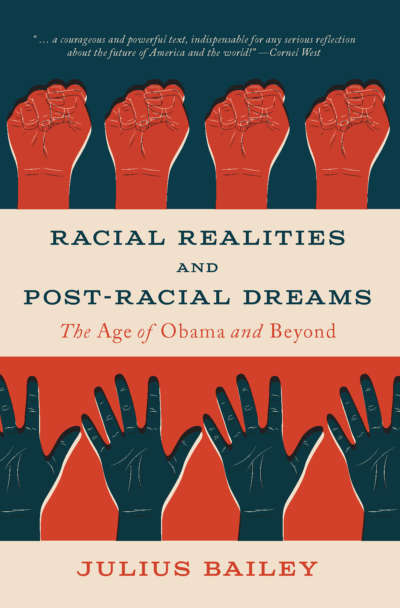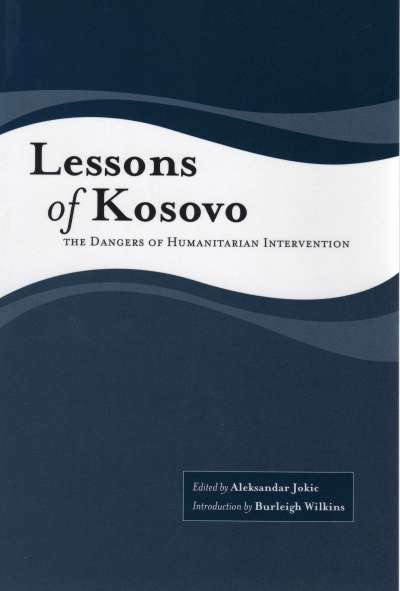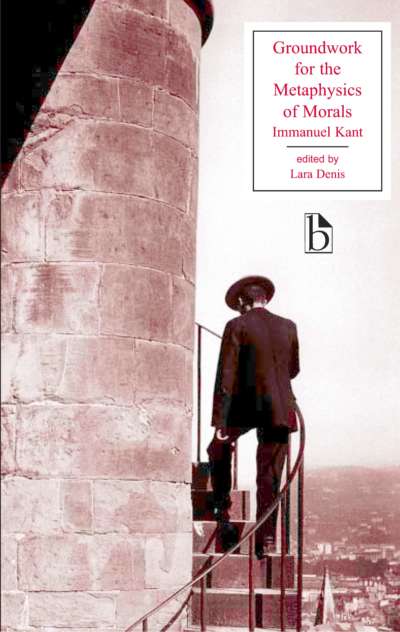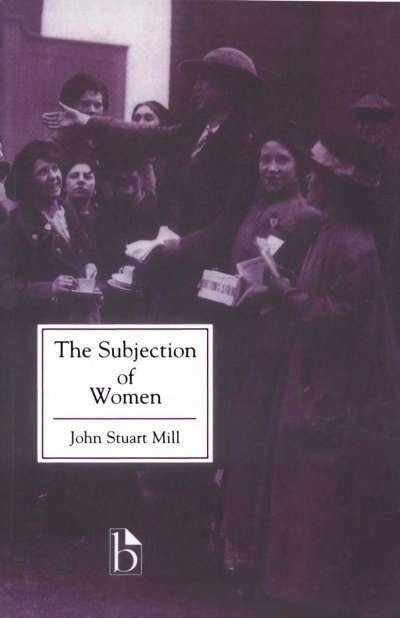This book takes a philosophical approach to questions concerning violence, war, and justice in human affairs. It offers the reader a broad introduction to underlying assumptions, values, concepts, theories, and the historical contexts informing much of the current discussion worldwide regarding these morally crucial topics. It provides brief summaries and analyses of a wide range of relevant belief systems, philosophical positions, and policy problems. While not first and foremost a book of advocacy, it is clearly oriented throughout by the ethical preference for nonviolent strategies in the achievement of human ends and a belief in the viability of a socially just—and thus peaceful—human future. It also maintains a consistently skeptical stance towards the all-too-easily accepted apologies, past and present, for violence, war, and the continuation of injustice.
Comments
“I’ve been searching a long time for a text like this. Christensen has written an exceptionally clear, careful, and engaging introduction to some of the most important moral and epistemological issues that arise when we think critically about the practice of war, the pursuit of peace and—most generally—the culture of violence within which our lives are embedded. I was especially pleased to see that Christensen makes extensive use of Peace Studies, and that he spends many pages exploring the philosophical foundations of that discipline. It’s both rare and encouraging to see a philosopher grapple seriously with such challenging and fertile topics as positive peace, ahimsa (nonviolence), institutional violence, pacifism, peacebuilding and peace activism.” — Mark Vorobej, Associate Professor of Philosophy and former Director of the Centre for Peace Studies, McMaster University
Introduction
Chapter 1: Ethical Evaluation
- Section 1: Relevant Situations
Section 2: Moral Responsibility and Moral Standing
Section 3: Relativism and Universalism
Section 4: Guiding Moral Principles
Section 5: Morality and Law
Further Reading
Chapter 2: Violence, Nonviolence, and Conflict
- Section 1: The Nature of Violence
Section 2: The Nature of Nonviolence as a Strategy of Conflict
Resolution
Further Reading
Chapter 3: The Relevance of Human Nature
- Section 1: The Concept of Human Nature
Section 2: Humans as Good but Corruptible
Section 3: Humans as Evil but Controllable
Section 4: Humans as Inherently neither Good nor Evil, but
Educable
Section 5: Biology and Environment
Further Reading
Chapter 4: Life, Death, and Moral Goals: Religious and Secular Perspectives
- Section 1: Belief Systems and Violence
Section 2: Some Religious Views
Section 3: Religious Fundamentalism
Section 4: Tolstoy, Gandhi, and King
Section 5: Some Secular Views
Further Reading
Chapter 5: War and Peace
- Section 1: War and Realism
Section 2: Just War Theory
Section 3: Pacifism
Section 4: Negative and Positive Peace
Further Reading
Chapter 6: The Shaping of Public Opinion
- Section 1: Ideology, Propaganda, and Truth
Section 2: Entertainment and Violence
Section 3: Revenge, Retribution, and Reconciliation
Further Reading
Chapter 7: Concluding Hopes, Fears, and Dilemmas
- Section 1: Our Global Community
Section 2: Dilemmas in the Struggle for Social Justice
Further Reading
Kit R. Christensen is Professor of Philosophy, Bemidji State University. He is the author of The Politics of Character Development: A Marxist Reappraisal of the Moral Life (Greenwood Press, 1994) and the editor of Philosophy and Choice: Selected Readings from Around the World (Mayfield Publishing Co., 1999); Second Edition, 2002 (the McGraw-Hill Companies, Inc.).

